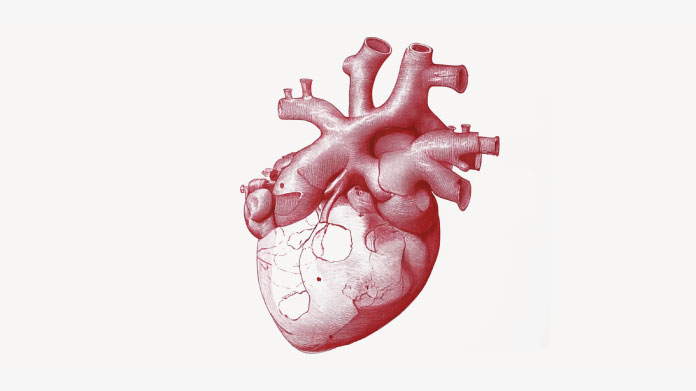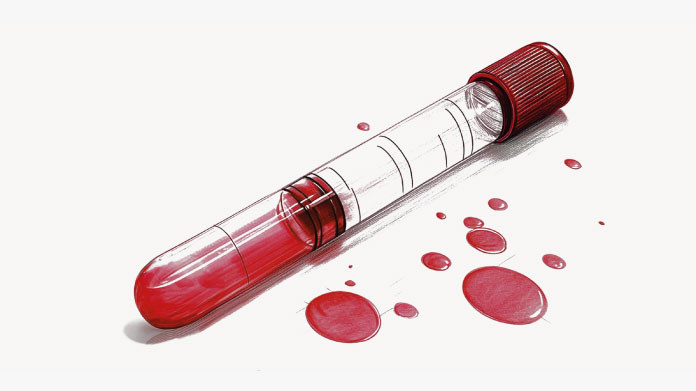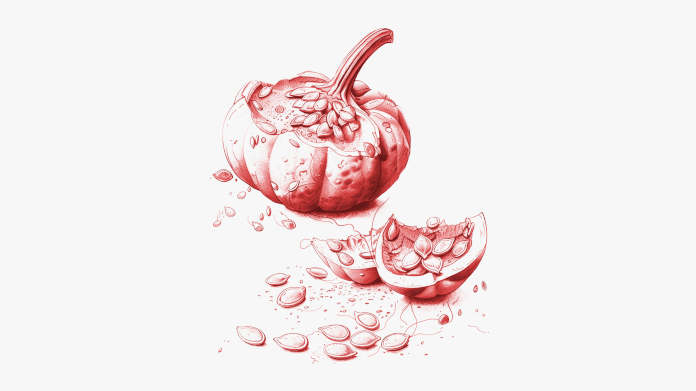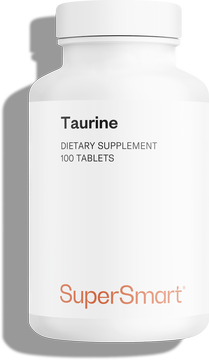The 5 best anti-cholesterol supplements
Elevated cholesterol can put you at risk. Choose natural, safe solutions to reduce the impact of cholesterol on your body and maintain your health.
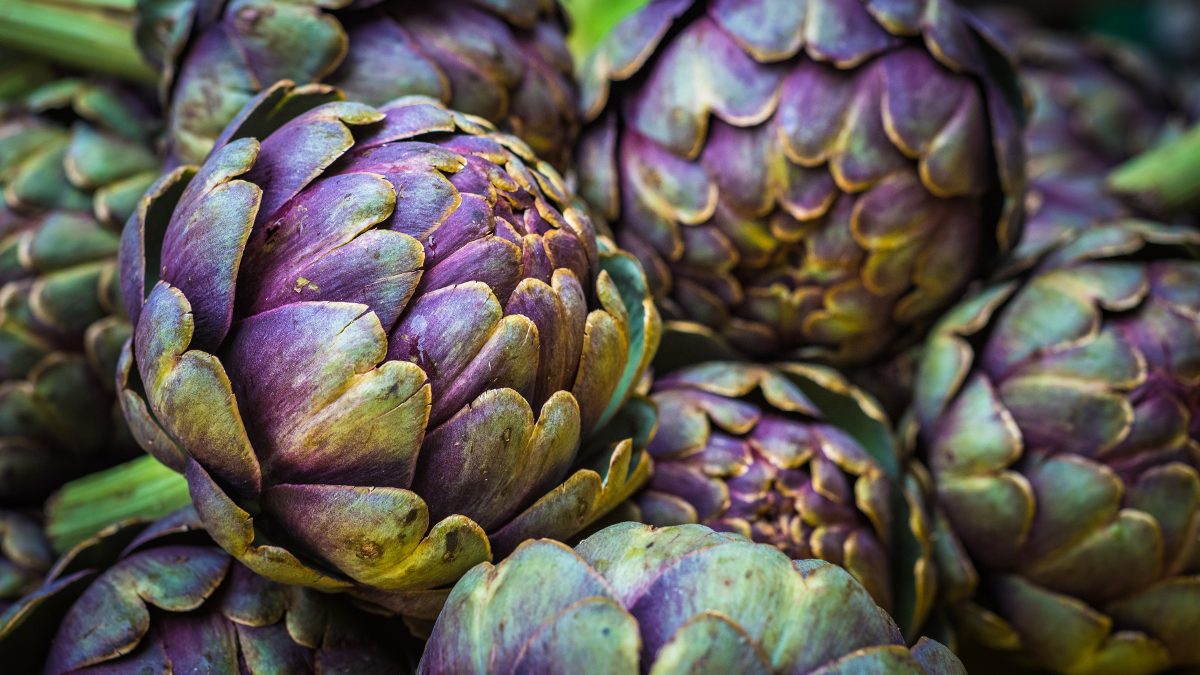
Remember – with cholesterol, it’s all about balance
If you want to take better care of your cardiovascular system, remember that when it comes to cholesterol, it’s important to differentiate between the ‘good’ and ‘bad’ forms. The key is to aim for the best possible balance between the two.
You should prioritise healthy dietary fats (primarily vegetable ones), and limit unhealthy ones (fresh and cooked meats, butter …). If you want to do more to maintain your health as effectively as possible, try these five natural solutions which can actively help you combat ‘bad’ cholesterol.
Artichoke for reviving a sluggish liver
Known for its distinctive flavor, artichoke is a popular ingredient in summertime dishes. Perhaps less well-known is its amazing ability to lower blood cholesterol levels! In fact, the common artichoke, or Cynara Scolymus, is rich in cynarin, a bitter polyphenol whose primary benefit is its ability to revive a sluggish liver.
How is this beneficial in reducing cholesterol ? Well, it’s in the liver that bile salts, the principal components of bile, are produced. Bile is one method the body uses to break down cholesterol. Artichoke also stimulates the secretion of bile, thereby activating the elimination of unused cholesterol and preventing it from being stored.
In addition, artichoke inhibits cholesterol production in the body, mainly as a result of its high levels of the flavonoid luteolin. This benefit was identified by researchers who observed reduced cholesterol levels among subjects treated with artichoke leaf extract (1).
In practice: the best way of getting maximum benefit from artichoke’s properties is to take a supplement containing artichoke extract such as Liver Support Formula).
Red yeast rice for reducing blood cholesterol
As its name indicates, red yeast rice is a type of fungi grown on rice. Though little-known in the West, it is widely-used in Asian cuisine. Red yeast rice is rich in monacolin K, a substance with similar effects to those of the most widely-prescribed anti-cholesterol treatments.
More specifically, it inhibits one of the enzymes responsible for an early step in cholesterol synthesis in the liver, and thus reduces the release of cholesterol into the bloodstream. Red yeast rice increases levels of HDL (‘good’ cholesterol) and lowers those of both LDL (’bad’ cholesterol) and triglycerides. (2)
In practice: red yeast rice should be taken in the evening as cholesterol is primarily synthesised in the liver at night. The supplement Red Yeast Rice Extract is ideal in this regard.
Attention: red yeast rice is very powerful and side-effects have been reported at high levels of intake. Be sure to seek advice from your pharmacist before taking it.
Psyllium, a ‘raincoat’ for the intestines
Psyllium is a small plant from the same family as the plantain, the pharmacological properties of which come from the mucilage of its seeds. Mucilage is a substance which captures water and swells to form a sticky gel.
It is this mucilage which enables excess cholesterol to be captured, preventing it from crossing the small intestine barrier. Mucilage also stimulates digestive movements and in this way, psyllium makes it easier to eliminate ‘bad’ cholesterol from the body. (3)
In practice: the recommended dose is 5 grams of psyllium powder (Psyllium Husk) a day, diluted in water.
Attention: psyllium is also known to reduce blood sugar and care should therefore be taken by those with diabetes.
Phytosterols, natural mimics of cholesterol
Phytosterols, which include beta-sitosterol, sitostanol, and campesterol, are very similar to cholesterol apart from the fact they are of plant origin.
It’s important to note that cholesterol is absorbed in the gut after forming micelles – smaller molecules that are more easily transported into the bloodstream. Because of their close resemblance, phytosterols and cholesterol compete for incorporation into micelles, with the former able to displace the latter. As a result, cholesterol (deprived of its micelle ‘vehicle’) is eliminated by natural means.
Phytosterols also act at an earlier stage, preventing cholesterol from forming micelles in the first place. They thus fulfilll a comprehensive action which is complemented by their own low rate of absorption: after fulfilllling their anti-cholesterol role, they are eliminated naturally. It’s worth noting that phytosterols are even more effective when taken alongside a diet low in unhealthy fats. (4)
In practice: phytosterols are readily available in supplement form (for example Beta-Sitosterol).
Pantethine and its synergistic action
Pantethine is a molecule produced from vitamin B5 (pantothenic acid). Its long-recognized benefits for cholesterol levels are related to several mechanisms.
Pantethine helps improve the transport and absorption of good cholesterol, which leads to a better balance between the good and bad forms. Pantethine has also been shown to be effective at inhibiting cholesterol production.
It’s also a precursor of coenzyme A, a molecule that’s essential for burning fat in the body (including cholesterol) to produce energy. What’s more, there are no side-effects associated with pantethine and only a low dose is needed to produce health benefits. (5)
In practice: the recommended daily amount of pantethine is generally 600mg, to be taken in three doses (Pantethine).
A combination of excess bad cholesterol and insufficient good cholesterol can put you at significant cardiovascular risk. To lower that risk, it’s essential to eat a balanced diet and reduce your intake of unhealthy fats as much as possible. But plants can also provide considerable support, so it would be a shame to miss out on their cholesterol-lowering properties!
References
- de Falco, Bruna & Incerti, Guido & Amato, Mariana & Lanzotti, Virginia. (2015). Artichoke: botanical, agronomical, phytochemical, and pharmacological overview. Phytochemistry Reviews. 14. 10.1007/s11101-015-9428-y.
- Venero CV, Venero JV, Wortham DC, Thompson PD. Lipid-lowering efficacy of red yeast rice in a population intolerant to statins. Am J Cardiol. 2010 Mar 1;105(5):664-6.
- Anderson JW, Davidson MH, Blonde L, Brown WV, Howard WJ, Ginsberg H, Allgood LD, Weingand KW. Long-term cholesterol-lowering effects of psyllium as an adjunct to diet therapy in the treatment of hypercholesterolemia. Am J Clin Nutr. 2000 Jun;71(6):1433-8.
- Phytosterols: natural compounds with established and emerging health benefits Elke A. Trautwein, Isabelle Demonty OCL 14 (5) 259-266 (2007)
- Evans M, Rumberger JA, Azumano I, Napolitano JJ, Citrolo D, Kamiya T. Pantethine, a derivative of vitamin B5, favorably alters total, LDL and non-HDL cholesterol in low to moderate cardiovascular risk subjects eligible for statin therapy: a triple-blinded placebo and diet-controlled investigation. Vasc Health Risk Manag. 2014;10:89–100. Published 2014 Feb 27. doi:10.2147/VHRM.S57116
Keywords
3 Days
Great customer service - responsive …
I ordered from them and my item was unavailable for sometime. I was super happy when they reactivated my order and shipped my item which arrived very quickly. Great customer service.
Ruth Rueter
4 Days
Super fast shipping
Super fast shipping
Donald Borling
7 Days
Reputable companysearch and the number of…
The research and the number of selection of products.
NAKHJAVAN Shervin
20 Days
The Anti Aromatase is a great product
The Anti Aromatase is a great product. You just need to have constant inventory. Recently this product has been out of stock.
GEORGE Verne
21 Days
Great help on chat
Great help on chat. Knowledgeable and friendly.
Jason Argos
25 Days
Customer service was fast and friendly.
Customer service helped to stop the transaction process of the subscription. I appreciated that.
Greenie
25 Days
I order here due to the high quality of…
I order here due to the high quality of the products and the quick delivery of items - thank you
Barbara J
27 Days
SuperSmart's Eye Pressure supplements: highly recommended!
I purchase SuperSmart's Eye Pressure supplements regularly for over 5 years, and gotta say they are truly a wonderful product for my Glaucoma. Highly recommended if you have eye pain from your Glaucoma.
D. Martinez
31 Days
Quick service
Quick service
MONELL
32 Days
Speedy service.
Speedy service.
ROSENTHAL Marvin
36 Days
Clear website- Efficient
Clear website. Excellent search engine and fast delivery!
Mohamad Hussein
38 Days
They have great products.
They have great products.
Vickie
38 Days
Great Shipping Time!
You Have A Great Shipping Time! Praise The Lord!
DMHoge
40 Days
Doctor Recommended!
Good pricing, very good availability, doctor recommended (couldn't find what I needed anywhere else), and it took only a week to arrive (which I can't complain about).
Al
41 Days
Great product and fast shipping
Great product and fast shipping
Marie

